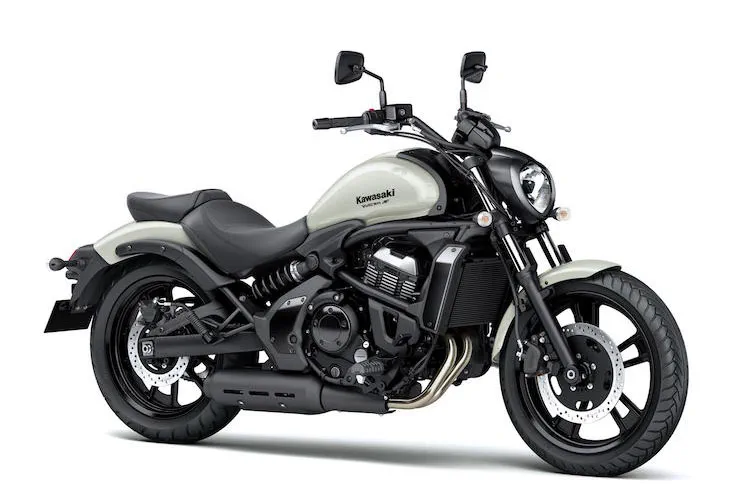
A cabin air filter in your vehicle is a typically overlooked maintenance item. Cars have a cabin air filter that sits in the passenger compartment, typically near the glovebox on the passenger side of the vehicle. The cabin air filter cleans and filters incoming air before it enters your car’s interior. The cabin filter helps keep irritating dust and pollen from entering your car’s interior, it also filters out odors from tobacco smoke or spilled coffee, for example.
They also reduce the maintenance cost of cleaning the interior of your car. A cabin air filter also helps extend the life of your HVAC system, especially if your vehicle has a fully automatic climate control system that relies on a cabin air filter for its operation.
Cabin air filters are an easy way to make sure you’re protecting yourself from nasty fumes and germs in the air that can make you sick, but experts urge caution in replacing them unnecessarily. If you live in an area where allergies are prevalent or you have pets who like to sit in corners, there’s a good chance your car’s cabin air filter doesn’t need changing more frequently than every other time you do a routine maintenance check.
Also Read: KBB Instant Cash Offer VS CarMax – Which One Is The Best?
When Should You Change the Cabin Air Filter?
You should change your cabin air filter every 30,000 miles. We’re talking fully loaded-cars here. If you ride a motorcycle or have a sports car, you should change your cabin air filter once every 15,000 and 30,000 miles. There are some exceptions to this rule but it applies to most.
Why Do You Have to Change Cabin Air Filters?
- Reduce the amount of pollution that enters your vehicle’s interior: This is the primary reason to change your cabin air filter. An old cabin filter makes your car’s ventilation system work harder and causes it to use more fuel.
- Protect you from pollen, pet dander, and other allergens: The cabin air filter does a good job of keeping out fine particles that cause allergies, as well as airborne diseases such as the flu.
- Keep you from inhaling contaminated air: If your vehicle’s ventilation system is not working properly because of a dirty cabin air filter, you will constantly be breathing contaminated air which can make you feel tired and lead to headaches.
What Types of Cabin Air Filters Are There?
- Particulate Cabin Air Filter: Filtration efficiency is measured with a particle size test. These are tests that show when the filter has been clogged by particles from the air. The smaller the particles, the longer it takes for the filter to accumulate enough to be considered dirty.
- Nanofiber Cabin Air Filter: These filters have a higher filtration efficiency and are more durable than particulate filters; they are a good option as cabin air filters. This type of filter contains special fibers that grab particles on their surface as they pass through them, this increases filtration efficiency and reduces the maintenance cost of cleaning your car’s interior.
- Charcoal Cabin Air Filter: It contains small particles of activated charcoal that absorb and absorb dirt. Once the dirt is gone, the activated charcoal destroys any remaining odor.
- Silica Cabin Air Filter: Filtration efficiency is achieved by oiling and swabbing the filter to make it more porous to allow more air to go through it each time you blow your car’s interior. This type of filter allows a much higher airflow rate to pass through it than other types of filters.











